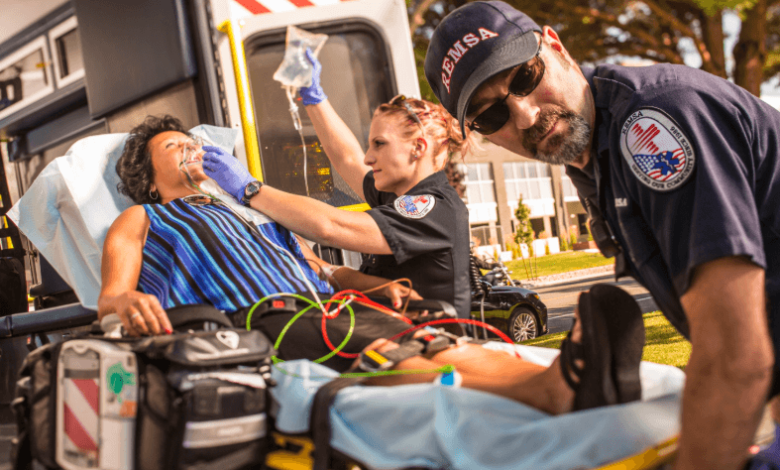Call Ambulance and Its Importance in Emergency Care

Understanding the Need to Call Ambulance
In critical medical situations, knowing when and how to call ambulance can save lives. Emergencies such as heart attacks, severe injuries, strokes, and sudden illnesses require immediate professional attention. By calling ambulance promptly, patients receive timely medical support that can prevent complications and improve survival outcomes.
Common Situations to Call Ambulance
A call ambulance is necessary during accidents, fires, or any event where a person’s health is in immediate danger. It is also essential when a patient experiences difficulty breathing, severe bleeding, loss of consciousness, or severe allergic reactions. Rapid intervention is often critical in these scenarios.
Types of Ambulance Services
Ambulance services vary based on the level of care required. Basic life support (BLS) ambulances provide essential medical monitoring and transport. Advanced life support (ALS) ambulances offer specialized equipment and trained paramedics to handle critically ill patients. Some ambulances are also equipped for neonatal care or infectious disease emergencies.
Role of Paramedics in a Call Ambulance
Paramedics and emergency medical technicians (EMTs) play a key role once a call ambulance is initiated. They stabilize patients, monitor vital signs, provide medications, and perform emergency interventions such as CPR. Their training ensures that patients are supported effectively during transit to medical facilities.
Equipment and Technology in Ambulances
A well-equipped ambulance allows healthcare professionals to provide immediate medical support. Common equipment includes stretchers, oxygen tanks, defibrillators, suction devices, and first aid supplies. Modern ambulances also incorporate technology such as GPS for efficient navigation and telemedicine systems for real-time communication with hospital doctors.
See also: The Power of Wearable Technology: Health, Fitness, and Beyond
Response Time and Its Impact
Response time is crucial after you call ambulance. Fast dispatch and arrival significantly affect patient outcomes, especially in life-threatening conditions. Optimized routes, traffic management, and well-coordinated communication with hospitals ensure patients receive care as quickly as possible.
Communication During a Call Ambulance
When a call ambulance is made, clear and accurate information is critical. The caller should provide location, patient condition, age, medical history, and any ongoing medications. Effective communication between the caller, dispatchers, and paramedics enhances the speed and quality of emergency response.
Challenges Faced by Ambulance Services
Ambulance services encounter obstacles like heavy traffic, remote locations, natural disasters, and resource limitations. Additionally, paramedics often work under stressful conditions while making split-second decisions. Continuous training, planning, and resource allocation help address these challenges efficiently.
Legal and Safety Considerations
Operating an ambulance involves adherence to safety regulations and legal requirements. This includes proper licensing, medical personnel certification, following traffic laws, and maintaining patient confidentiality. Compliance ensures the safety of both patients and staff during emergency transport.
Preparing Communities for Emergencies
Public awareness plays a significant role in call ambulance improving emergency response. Knowing when to call ambulance, learning basic first aid, and understanding emergency protocols can save lives. Schools, workplaces, and communities can conduct workshops to educate people about emergency response and safe practices.
Benefits of Professional Ambulance Services
Calling ambulance ensures immediate medical intervention, continuous monitoring, and safe transport to healthcare facilities. It bridges the gap between the onset of a medical emergency and hospital care, reducing the risk of deterioration and improving recovery outcomes.
Future of Ambulance Services
Technological advancements are transforming ambulance services. Real-time GPS, electronic patient records, telemedicine, and AI-assisted dispatch systems enhance efficiency and accuracy. These innovations ensure patients receive faster, more precise, and coordinated care.
Conclusion
Knowing when and how to call ambulance is essential for effective emergency healthcare. Quick response, skilled paramedics, advanced equipment, and clear communication save lives and reduce complications. By understanding the importance of ambulance services and preparing communities, healthcare systems can provide timely and efficient care for all emergencies.




